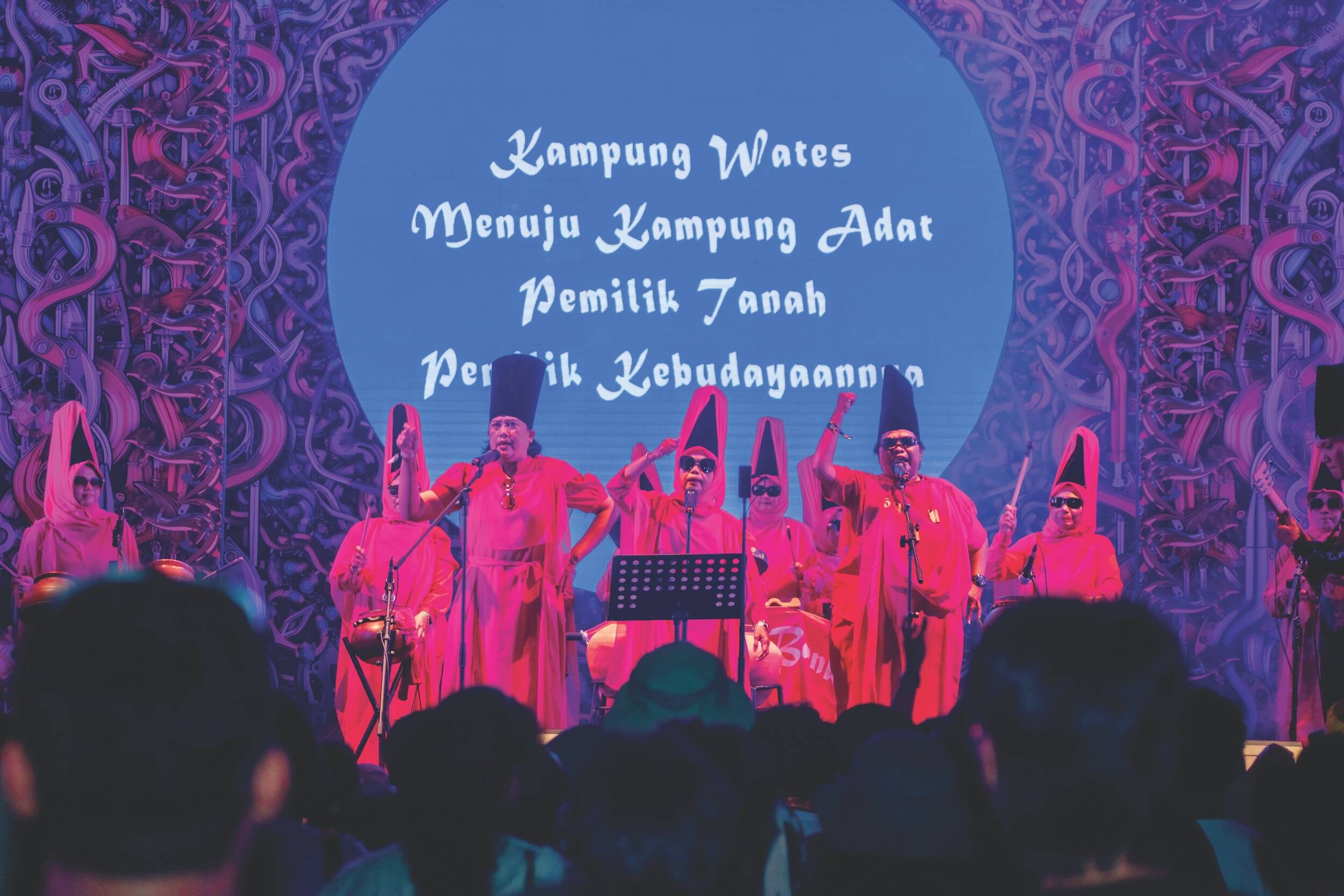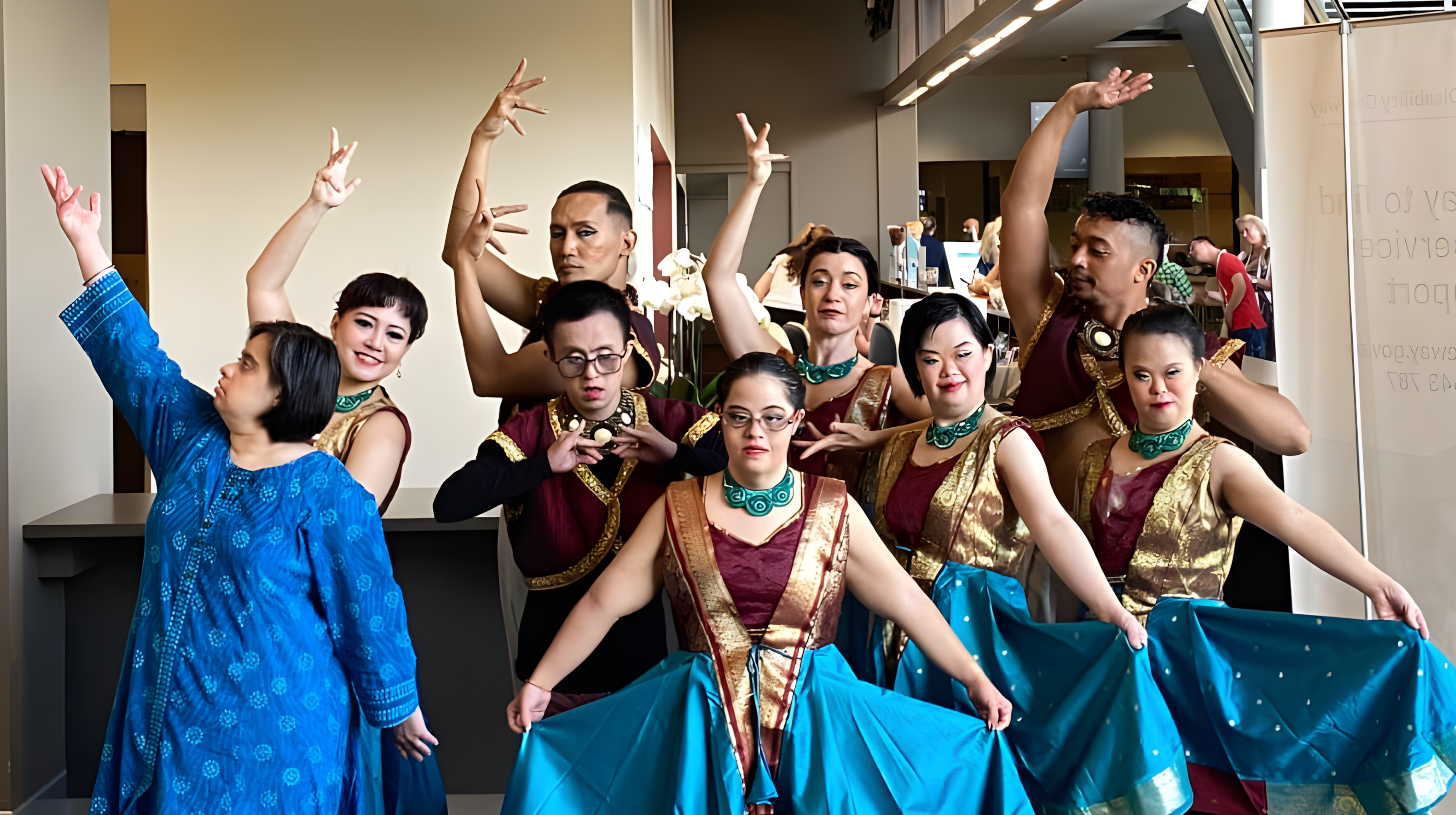




“How do you create a movie that defines a generation?” This was the first question posed by The ASEAN in an interview with renowned Indonesian filmmaker Riri Riza, 53. It is a fitting question for Riri, whose film, Petualangan Sherina [Sherina’s Adventure], profoundly resonated with young audiences, resurrecting the appetite for Indonesian cinema in the early 2000s. To millions of Indonesian millennials, this film symbolises their first cinematic experience and remains a nostalgic emblem of their youth.
Two decades later, Riri Riza has released the film’s long-awaited sequel, Petualangan Sherina 2. “I don’t think it should start with a movie,” he shared with The ASEAN. “To create a film that stands the test of time, that becomes a part of the citizens’ identity and defines a generation, we must first believe in what we are doing.”
“Not just films, but also other art forms like music, visual arts, and performing arts. All of these elements, if we observe, are connected to societal issues. The creators weren’t detached in ivory towers, merely watching from a distance. They truly felt what was happening, the pulse of life beneath the surface.”
Reflecting on the state of Indonesian cinema in the mid- 90s, Riri noted that the industry was dynamic, capable of producing about 100 films a year.
“Before Petualangan Sherina, the industry was there, but it was plagued by films that exploited women. This reality spurred us to think, ‘This cannot be the sum of Indonesian cinema.’”
During this time, Riri and his contemporaries, in their mid- 20s to early 30s, felt a lack of representation in film.
“We needed representation that reflected us: the young, the literate, the film history buffs. We admired legends like Usmar Ismail, Teguh Karya, and Sjumandjaja, but they were no longer active. This gap inspired us to initiate change and usher in a new generation of filmmakers.”
This initiative became part of the late 90s’ revolutionary movement, coinciding with a transformative period in politics and culture in Indonesia. “Our goal was to nurture an independent, flourishing film industry that benefits all—from the audience to the creators,” Riri concluded, outlining the vision behind this cinematic resurgence.
A filmography of truth-telling
Riri Riza has garnered over 15 international awards for his notable works, including Gie (2005), 3 Days to Forever (2007), Laskar Pelangi (2008), Atambua 39° Celsius (2012), and Sokola Rimba (2013). His film Athirah (2016), set in his native South Sulawesi, received six Festival Film Indonesia Citra Awards (Indonesian Film Festival), achieving Best Film and Best Director. That same year, his movie Ada Apa dengan Cinta 2 [What’s Up With Love 2] became a box office sensation. It was also the opening film at the 2016 Focus on Asia–Fukuoka International Film Festival.
In discussing his approach to filmmaking, Riri candidly revealed, “My goal was never to define a generation but to tell stories that resonate with truth and authenticity.” This philosophy, shared with long-time collaborator Mira Lesmana, guided them in creating films that evolved naturally and are unbound by the pursuit of fame or grandeur.
Riri’s projects stand out for their distinctiveness, eschewing a one-size-fits-all “Riri Riza style.” Post the commercial triumphs of Laskar Pelangi and Sang Pemimpi, for example, he ventured into niche market films like Atambua 39° Celsius. He proudly stated, “Each of my films is like nurturing a unique child with its own story and path.”
He believes a film should be a canvas for one’s values, life perspectives, passions, and vulnerabilities.
“It is never about being pretentious. It’s about working it out and finding the right people. You need an actor who is not only skilled but also believes in these values. You need a cinematographer, sound recordist, and music director, all of whom share this belief. With that, you can make impactful movies. Otherwise, it’s going to be very challenging.”
From local stories to regional collaboration
Riri’s Makassar roots have significantly shaped his filmmaking approach. “Coming from a place that’s not the cultural epicentre like Jakarta has its advantages. It fuels my desire to explore and understand different perspectives,” he says.
Riri’s extensive travels have deepened his appreciation for Indonesia’s diverse cultures, a theme evident in his films. “I’ve made films in Sumba, Flores, and other regions, striving to connect with and positively impact these communities.”
By founding Rumata’ [Our Home] an art space in Makassar in 2011, Riri has created a hub for nurturing emerging cinematic talent, especially from Eastern Indonesia. “Rumata’ is more than an art space; it’s a cradle for new cinematic expressions,” Riri explains.
He points to the evolution of Makassar’s film scene since 2015, where filmmakers prioritise local relevance over broader market trends. “Filmmakers here are creating for their community, not necessarily mimicking broader Indonesian market trends,” he explains, citing Mappacci and Ambo Nai Supir Andalan [Mr. Nai the Reliable Driver] by Andi Burhamzah as prime examples of this local storytelling approach.
As a successful filmmaker, Riri feels a sense of duty to support and elevate these local voices. “I’m fortunate to have had box office success, to own a house and a car, and to live comfortably. With these blessings, I feel the obligation to contribute and make a difference where I can. My dream is to see a day when we have films from places like Palu and Bukittinggi, capturing the unique stories of these regions.”
“I also invite Jakarta’s filmmakers to visit Rumata’, so they can have different perspectives. Film-making isn’t just about business and profit. Here, young filmmakers are inspired to tell stories about everyday life, like the plants in their yards.”
Rumata’s reach extends beyond local boundaries. In October 2012, Rumata’ launched the Southeast Asian Screen Academy, a film school dedicated to up-and-coming filmmakers from Eastern Indonesia, with courses led by renowned film experts from Southeast Asia.
“Our goal is to knit a tight ASEAN film community, fostering learning and sharing within our shared cultural landscape. This regional approach offers richer insights than Western influences,” Riri notes.
Opportunities for Southeast Asian films
When asked by The ASEAN about the type of movies he believes would resonate in Southeast Asia, Riri expressed his faith in family dramas. “I see great potential in films that depict family struggles, resilience, and triumphs, especially in today’s context of social media’s pervasive influence,” he said. “Such narratives are not only relatable but also profoundly relevant in addressing the challenges families face.”
Riri emphasised the shared cultural experiences across Southeast Asia, “Our films often mirror life here, where family values and community pride are paramount.”
He also discussed the potential benefits of marketing our movies as uniquely Southeast Asian, especially on over-the-top (OTT) or streaming platforms. “OTT platforms represent an expansion of the retail window, offering a new showcase opportunity, which is beneficial,” he explained. Reflecting on the recent developments, he added, “Over the past five years, I would say all Indonesian filmmakers have benefitted from the rise of these platforms. It’s a significant opportunity, not just in terms of exposure but also for collaborating with filmmakers across the region.”
Riri also highlighted the need for more collaborative opportunities within ASEAN. “Culture thrives on openness and accessibility, vital for fostering connections among neighbouring countries,” he explained. “We have talented screenplay writers, directors, and producers in ASEAN who can jointly explore new collaboration models.”
He urged for more dynamic cultural interaction within Southeast Asia. “Cultural exchange should be a fluid conversation, a sharing of ideas leading to meaningful creations. Often, institutional rigidity stifles these collaborations. We need to break away from such constraints to foster genuine cultural exchange across Southeast Asia,” he suggests.








